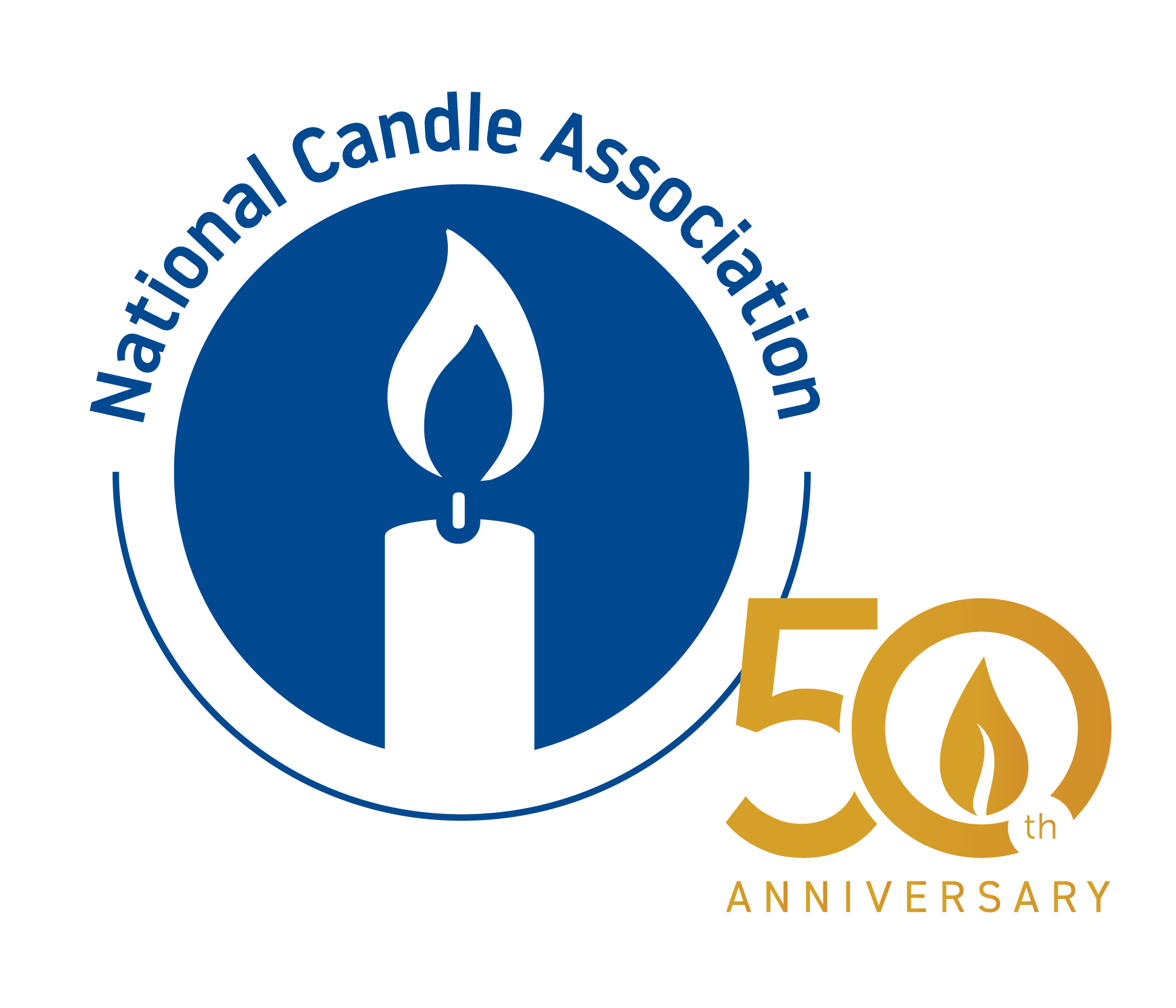4 Common Candle Myths Debunked
Inaccuracies around candles continue to populate the media, and some of these unfounded claims can be alarming. Luckily, we’re here to separate fact from fiction, so you can feel confident about burning candles safely.
MYTH: Unscented candles are safer than scented candles.
There are no known health hazards associated with scented candles. NCA members are committed to manufacturing candles with fragrances that are safe and approved for use in candles, whether natural or synthesized. Scented or unscented, you can rest assured that any well-made and properly burned candle will burn cleanly and safely.
MYTH: Candle soot can be harmful.
The small amount of soot produced by a candle is the natural byproduct of incomplete combustion and is not considered a health concern. This is similar to the soot given off by kitchen toasters and cooking oils and is chemically different from the soot formed by the burning of diesel fuel, coal, or gasoline.
While you shouldn’t be worried about candle soot, there are a few ways to reduce it. Trim the wick to ¼ inch before every use to promote proper flame height. Additionally, place the candle away from drafty areas to avoid flame flickering, and ensure that the wax pool is free of debris.
MYTH: Some candle waxes are better than others.
While you may have heard that certain candle waxes burn “better” than other types, this is nothing but a common rumor.
An international study was conducted on soy wax, paraffin wax, beeswax, and other commonly used waxes. Findings showed that all well-made candles exhibit the same clean burning behavior, and pose no risks to human health or indoor air quality.
MYTH: Certain candles contain lead wicks, and should be avoided.
The use of lead in candle wicks was formally banned in 2003, after being identified as a public health concern by the Environmental Protection Agency. Members of the National Candle Association discontinued the use of lead wicks in the 1970s.
Therefore, there is no longer any reason to be concerned about lead wicks – or the toxicity of any candle wick material. Scientific studies have repeatedly shown candle wicks to be safe and non-toxic.
For more answers to common questions around candles, visit our FAQ page. To learn about the safety of candles, check out our Research.
